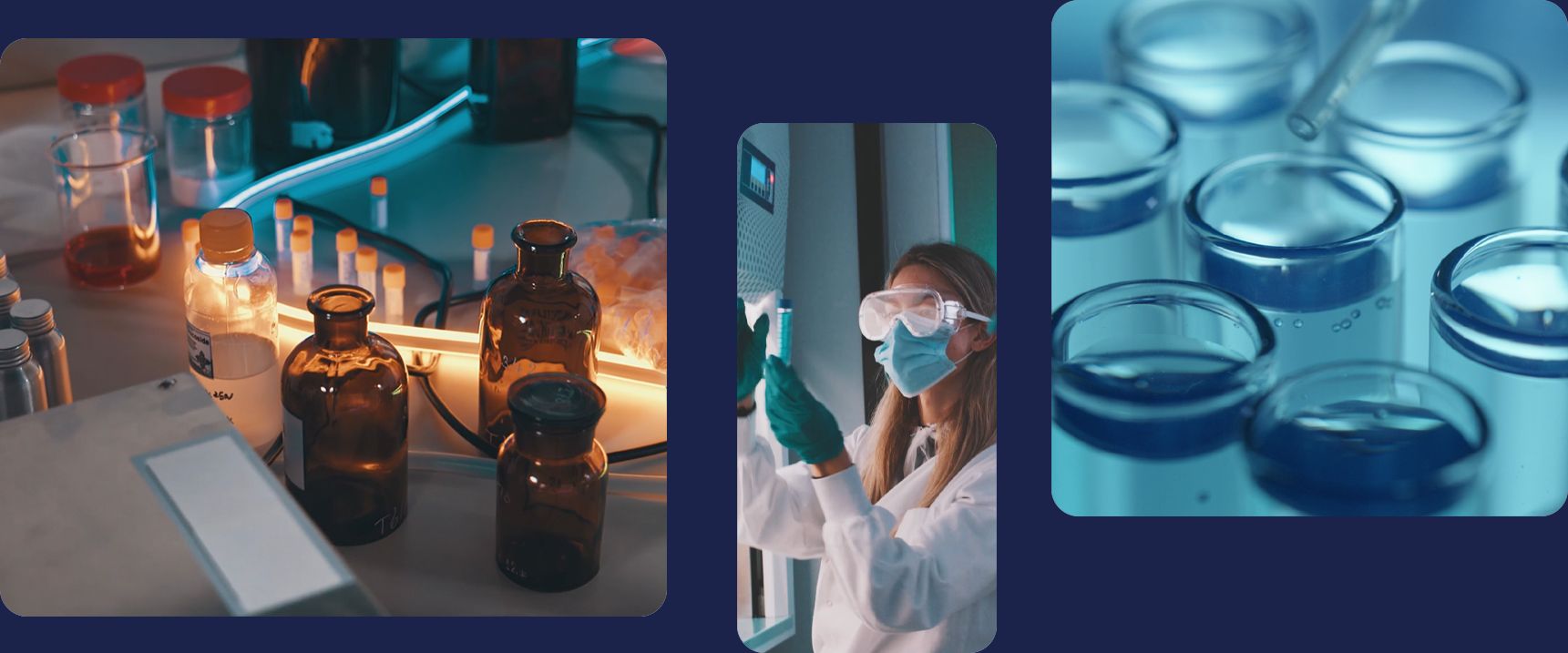Acute irritant or corrosive effect on skin – OECD Test 404
Description
OECD Test 404 is an internationally recognized standardized method for assessing the irritant or corrosive potential of a chemical substance on the skin. Developed by the Organisation for Economic Co-operation and Development (OECD), this guideline is part of Section 4 of the Chemical Testing Manual, dedicated to toxicology. It is an essential reference for the classification, regulation, and safety of chemical substances and mixtures.
This method provides information on acute dermal toxicity by assessing the reaction of a substance (liquid, solid, or paste) after direct contact with the skin of a living organism. The results determine whether the substance should be considered non-irritating, irritating, or corrosive, in accordance with the criteria of CLP Regulation (EC) No 1272/2008 and European and international guidelines.
Objective and scope
OECD Test 404 applies to the evaluation of chemical substances or mixtures used in various sectors: cosmetics, pharmaceuticals, chemicals, biocides, industry, or food.
Its aim is to:
- Identify substances that pose a risk of skin irritation or corrosion;
- Provide data necessary for the regulatory classification of chemical products;
- Protecting the health of workers and consumers exposed to these substances;
- Contribute to the safety of formulations in the development or marketing phase.
Before any animal experimentation, OECD guideline no. 404 recommends the use of validated alternative in vitro or ex vivo methods (skin corrosion/irritation tests on reconstituted skin models), within the framework of a sequential and ethical approach.
Principle and procedure of the test
When in vivo experimentation is necessary, the protocol proceeds according to the following steps:
-
Preparation of the laboratory animal:
The test is generally performed on albino rabbits, whose shaved skin serves as the application surface. A 6 cm² area is chosen for contact with the tested substance, while untreated areas serve as controls. -
Application of the substance
-
0.5 ml for a liquid substance or 0.5 g for a solid substance are applied to intact skin.
-
The exposure lasts 4 hours, under a semi-occlusive dressing to prevent evaporation and ensure direct contact.
-
-
Observation and evaluation:
After product removal and cleansing, the skin is observed for 14 days to assess for the presence of erythema (redness), edema (swelling), or persistent skin lesions.
Reactions are noted according to a standardized severity scale, and the reversibility of effects is taken into account to determine the final classification.
Classification of observed effects
The substances are classified according to four levels of severity:
- Non-irritating: no reaction or slight redness, reversible in less than 24 hours.
- Slightly irritating: transient redness or swelling, without lasting damage.
- Irritant: moderate and persistent reactions, which may last for several days.
- Corrosive: causes irreversible damage such as necrosis, ulceration or tissue destruction.
The results of OECD test no. 404 allow the regulatory categorization of the product to be established (Category 1 for corrosive substances, Category 2 for irritants, or no classification).
Regulatory and toxicological interest
OECD Test No. 404 is an essential reference for chemical safety and regulatory compliance. Its results are used in:
- REACH dossiers for the registration of chemical substances;
- Biocidal and phytosanitary assessments;
- Cosmetic dossiers for verifying skin tolerance;
- Safety studies of industrial formulations.
This approach contributes to the protection of human health by limiting exposure to substances that are potentially harmful to the skin.
Limits and alternatives to in vivo testing
Despite its accuracy, OECD essay no. 404 has certain limitations:
- It involves the use of laboratory animals, raising ethical issues;
- The reactions observed may vary depending on the species;
- The molecular mechanisms of action are not directly identified.
To overcome these limitations, alternative methods validated by the OECD (such as OECD tests No. 431 and No. 439) now make it possible to evaluate in vitro corrosion and skin irritation on reconstituted human skin models, without resorting to animal experimentation.
YesWeLab Expertise and Support
At YesWeLab , we offer OECD test #404 through a network of GLP (Good Laboratory Practice) certified and ISO 17025 accredited partner laboratories.
Our experts will assist you with:
- Choosing the protocol that is appropriate for your substance (in vitro, ex vivo or in vivo);
- The toxicological and regulatory interpretation of the results;
- The preparation of compliance files for European regulations (REACH, CLP, Biocides, Cosmetics, etc.).
Thanks to the YesWeLab digital platform, managing your toxicological analyses becomes simple and centralized: quote request, progress tracking, secure receipt of test reports and personalized scientific support.
Further analyses recommended
To complement a skin toxicology assessment, YesWeLab also offers:
- OECD Test No. 431 – In vitro skin corrosion
- OECD Test No. 439 – In vitro skin irritation
- OECD Trial No. 405 – Acute Ocular Irritation
- OECD Test No. 406 – Skin Sensitization
These additional tests allow for a complete characterization of the toxicological and irritant profile of a product, ensuring its conformity and safety before being placed on the market.

